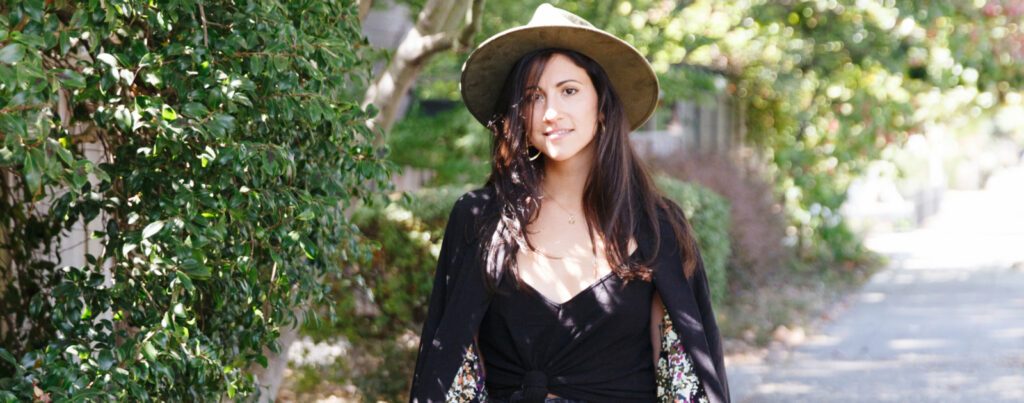My Lucire interview with Bay Area designer Devan Gregori has gone online—it’ll likely appear in print afterwards with different visuals. Devan has a wonderful story about how she came to be a fashion designer, and it’s very different to those who fell into the trade through a childhood interest or watching their grandmother sew. I […]
Forget the “shoulds”

